|
The Research Shows…
I have always enjoyed reading educational research. My bookshelves at home are full of geeky research-related publications. I am always saddened that there seems to be this wide moat between the researchers/their findings and us, the practitioners, the very ones who should be applying what the research concludes - with no easy drawbridge to meet upon!
As passionate facilitators of STEM education, we know that introducing the engineering design process to early elementary students has become increasingly essential. Those of us who have worked with our smallest engineers know their minds are naturally curious and imaginative.
According to Hadani et al., “...children’s early experience builds brain architecture and lays the foundation for one’s lifelong thinking skills and approach to learning, both critical roots of STEM success.” Elementary educators play a crucial role in equipping students with these valuable skills, empowering them to become the architects of the future. Many other studies support this premise. For example, a study conducted by the University of Cambridge found that students who engage in engineering-based activities at a young age demonstrate improved problem-solving abilities and higher levels of creativity compared to their peers. These skills translate into better academic performance across various subjects, fostering a holistic learning experience. The Bigger Picture According to the U.S. Bureau of Labor Statistics, employment in STEM occupations is projected to grow at a faster rate than non-STEM occupations, creating new opportunities and demands for a technically skilled workforce.
By introducing the engineering design process to primary students, educators contribute to preparing the next generation for these emerging careers. Building a strong STEM foundation early boosts confidence and interest, opening doors to a wide range of professions, including engineering, architecture, computer science, and so many more.
Providing these positive STEM experiences at an early age is vital, as a large body of research shows that students who have not had this meaningful exposure in the elementary grades lose confidence and begin to believe that STEM-related studies are not for them by the time they are entering middle school. This is especially true for our girls. For more on this topic I highly recommend Breaking the STEM Stereotype by Dr. Amanda Sullivan. Or if you'd rather watch a webinar related to her extensive research in this area, I had the pleasure of joining her several years ago for a Wonder Workshop hosted session. You can view it HERE.
Disclaimer: This is an affiliate link in which I may receive a small commission for your purchase.
Developing a STEM Pedagogy
In its simplest form, pedagogy is defined as “the method of how teachers teach, in theory, and in practice.” As elementary school teachers, we have the unique privilege of nurturing young minds during their formative years. By introducing the engineering design process to our primary students, and regularly integrating it into our lessons, we can help them develop critical skills that will serve them throughout their lives.
Here are a few key reasons why integrating engineering design thinking into your curriculum is vital:
To Put It Simply
Introducing the engineering design process to primary students ignites their curiosity, fosters their problem-solving skills, and sets them on a path to becoming lifelong learners. As elementary educators, we have the power to unlock their potential, instilling in them the confidence to tackle complex challenges. By intentionally integrating engineering design thinking into our curriculum, we prepare our students for the exciting opportunities that lie ahead in the ever-evolving world of STEM. Remember, you are not just teaching engineering; you are nurturing students to be more successful no matter what path they follow in life! I'd love to know your thoughts! We're better together! If you haven't yet, please join my email list to get all the newest updates from Collazo Cove!
0 Comments
I was recently asked what resources I use to develop lessons that integrate STEM and literacy/picture books. There are mainly 5 different processes I rely on to generate lesson ideas for my students.  Image by Hermann Kollinger from Pixabay Scan The Library I often love to create unique lesson ideas while sitting among the picture book section of my school’s library. I love to skim the titles, plots, and characters and imagine an engineering challenge that would integrate well with the book. As you know, kids of all ages LOVE to be read picture books so there is immediate buy in! In addition, well-written picture books include amazing vocabulary, plot development, and social/emotional connections! They are also usually short enough to provide the foundation for the STEM lesson. If your time is really limited, consider collaborating with the classroom teacher or media specialist (depending on your role) and have them read and discuss the story during their lesson, after which you can conduct the STEM lesson! If you have a picture book you’d like to use but just can’t seem to think of a good STEM lesson to integrate, reach out! It’s my favorite part of the job! Connect With Your Twitter PLN It’s hard to believe it’s been almost two decades since my friend Danita convinced me to join Twitter for professional purposes. It has connected me to the most amazing educators around the globe and provided incredible free professional development! I tell educators all the time that I can gather AT LEAST 5 new STEM lesson ideas EVERY DAY just by scrolling through my feed. Because my Twitter PLN is so amazing, I often reach out for new lesson ideas. My post might simply say, “Who’s conducted a great elementary engineering lesson using the book _____?” And the responses start coming! If you haven’t started connected with other passionate STEM educators on Twitter, I would encourage you to give it a try! Let's connect there! Utilize Artificial Intelligence OMG, friends! If you haven’t used ChatGPT or another AI engine (like Curipod - post coming soon) to help you come up with new STEM lesson ideas, stop reading this RIGHT NOW and give it a try! If you sign up for a free ChatGPT account it will keep a record of all your prompt searches so you can come back to them later. You can also share the results with colleagues! Want to see it in action? Click HERE! Talk about time saving when you are struggling for a new idea! Search and Curate Pinterest Boards For many of us this is an oldie but still goodie! Many people use Pinterest for personal interests, but there are amazing educational pin collections as well! Create or login to your account, type “STEM and Literacy” in the search box and voila! A huge rabbit hole for you to explore for the next several hours! LOL! Don’t forget to create boards of your own to organize all your amazing finds! I am currently working on creating new boards for my new Collazo Cove account and will be transferring many from my personal collection. Still a work in progress (actually just starting)! But feel free to FOLLOW me now so you don’t miss anything! I want the boards to be helpful to you! Read Blog Posts I used to be an avid blog reader when the old Google Reader was alive (yes, I’m that old!). I recently learned about another blog aggregator called Feedly and have started using it. Blog aggregators collect the newest posts published by bloggers you like to follow and bring them straight to your feed. Every time I find a new blog that relates to the topic of STEM, I add it to my Feedly collection. It’s like opening an idea treasure box whenever I have a few minutes to skim the posts. HERE is a quick video on how I set it up! I'd love to know how you generate new ideas to integrate STEM and Literacy! Please share your suggestions! We're better together! If you haven't yet, please join my email list to get all the newest updates from Collazo Cove!
|
Kim CollazoSTEM Advocate and Picture Book Author Archives
April 2024
Categories
All
|

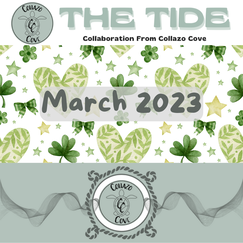
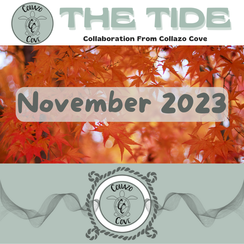
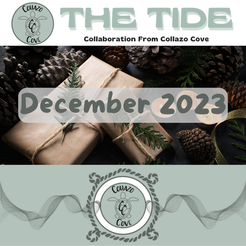

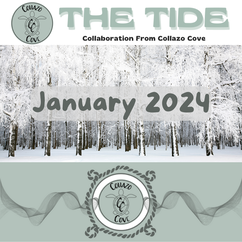
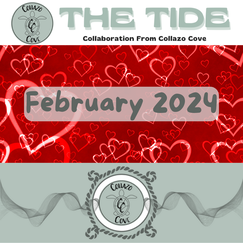

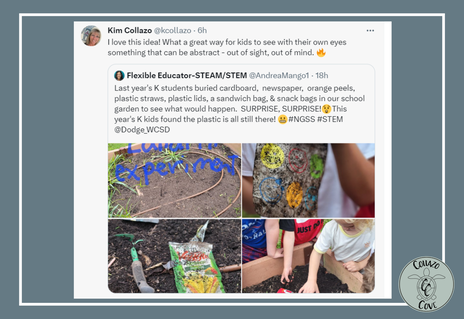
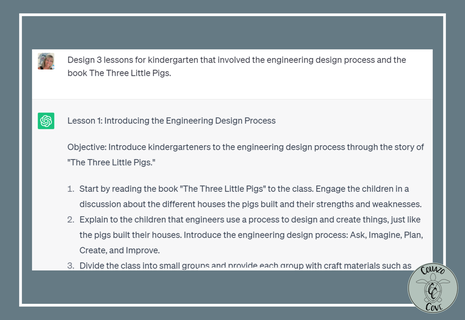
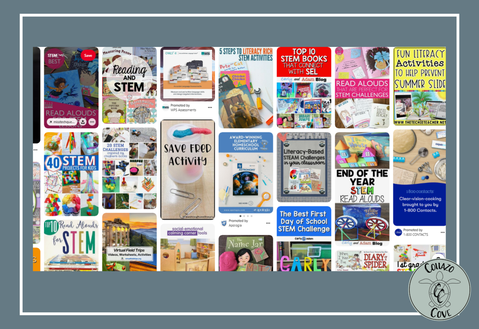


 RSS Feed
RSS Feed